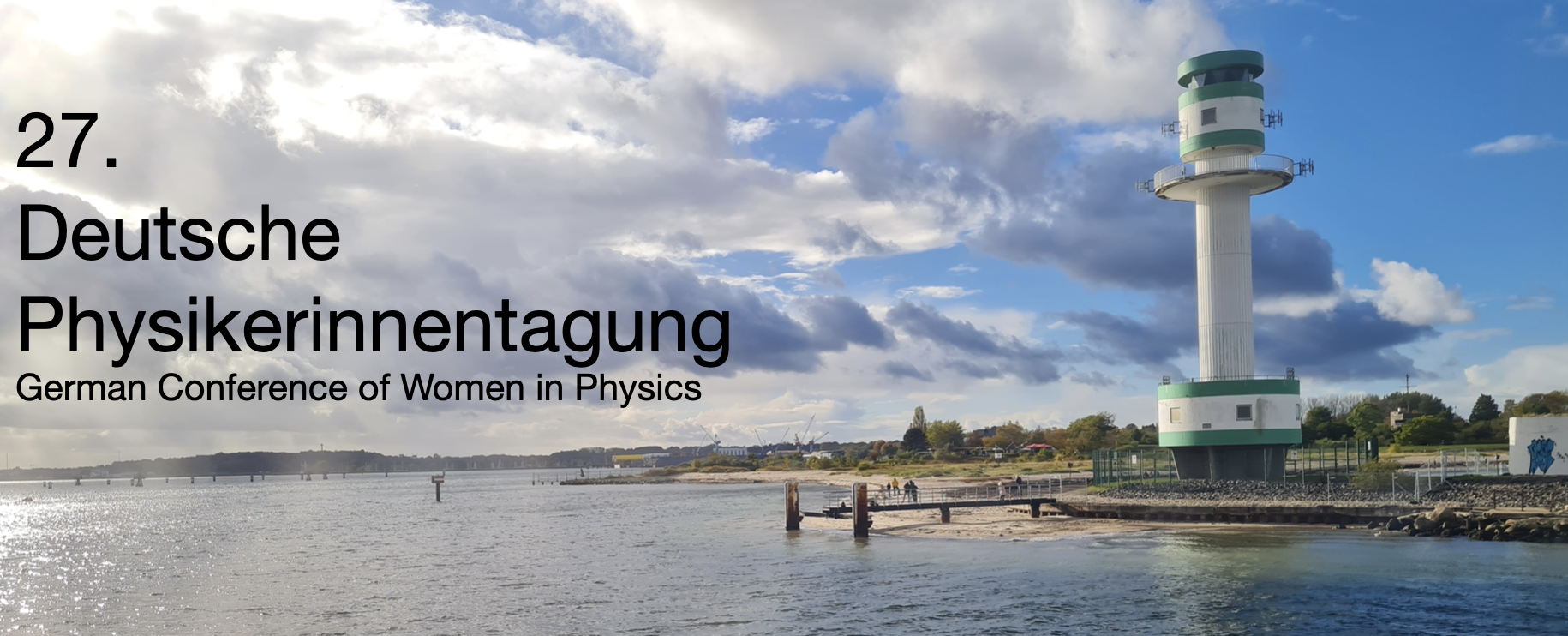Speaker
Description
Spring in particular can carry impact-relevant extreme events over Europe, such as late frost or early summer heat. However, the dominating mechanisms and drivers of such temperature extremes in European springtime are still not fully understood. Across all seasons, one mechanism relevant for temperature extremes in Europe is atmospheric blocking. Unlike winter, where blocking is predominantly related to cold spells, and summer, where blocking is predominantly related to warm spells, spring is a transition period during which both cold and warm spells might be connected to blockings. Here we re-assess to what degree blocking can help to understand warm temperature extremes in the transition season spring.
While this transition has been statistically analysed before, available time series were limited, as was, in turn, the spatial analysis. Here, using ERA5 and E-OBS reanalysis data (1950-2023) with more than twice the amount of available years, we confirm existing literature on the statistics and the change of blocking patterns throughout the spring season, although our work indicates more early spring warm spells than previously found. The expanded data also enable a regional assessment: Comparing springtime occurrences of blocked and unblocked warm spell days shows that in Northern Europe, warm spells often occur simultaneously with blocking, whereas in Southern Europe, warm spells less frequently occur simultaneously with blocking. Based on these findings, we further explore the atmospheric conditions associated with spring warm spells, considering the spatial relationship between detected conditions and warm spells.

